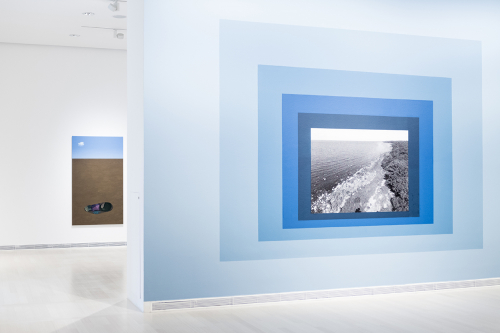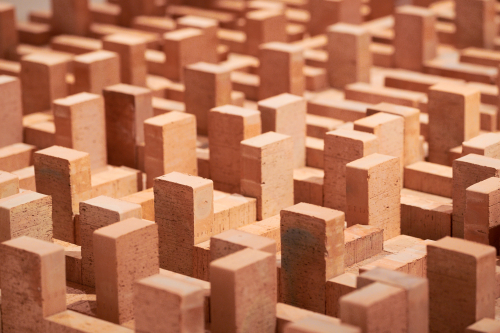
Pattern and Decoration 5. October, 2019 – 5. January, 2020
The exhibition will present a selection of works from the Peter and Irene Ludwig collection that demonstrate the movement’s diversity for the very first time in Europe: the spectrum of artistic forms ranges from mosaics influenced by oriental art, monumental textile collages, paintings, and graphic works through to room-sized installations and video performances.






















